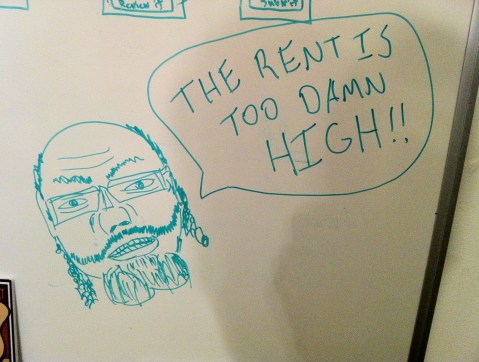Arthur Acolin, Laurie Goodman and Susan Wachter have posted a forthcoming Cityscape article to SSRN, A Renter or Homeowner Nation? The abstract reads,
This article performs an exercise in which we identify the potential impact of key drivers of home ownership rates on home ownership outcomes by 2050. We take no position on whether these key determinants in fact will come about. Rather we perform an exercise in which we test for their impact. We demonstrate the result of shifts in three key drivers for home ownership forecasts: demographics (projected from the census), credit conditions (reflected in the fast and slow scenarios), and rents and housing cost increases (based on California). Our base case average scenario forecasts a decrease in home ownership to 57.9 percent by 2050, but alternate simulations show that it is possible for the home ownership rate to decline from current levels of around 64 percent to around 50 percent by 2050, 20 percentage points less than at its peak in 2004. Projected declines in home ownership are about equally due to demographic shifts, continuation of recent credit conditions, and potential rent and house price increases over the long term. The current and post WW II normal of two out of three households owning may also be in our future: if credit conditions improve, if (as we move to a majority-minority nation) minorities’ economic endowments move toward replicating those of majority households, and if recent rent growth relative to income stabilizes.
This article performs a very helpful exercise to help understand the importance of the homeownership rate. This article continues some of the earlier work of the authors (here, for instance). I had thought that that earlier paper should have given give more consideration to how we should think about the socially optimal homeownership rate. Clearly, a higher rate, like the all-time high of 69% that we had right before the financial crisis, is not always better. But just as clearly, the projected low of 50% seems way too low, given long term trends. But that leaves a lot of room in between.
This article presents a model which can help us think about the socially optimal rate instead of just bemoaning a drop from the all-time high. It states that
Equilibrium in the housing market is reached when the marginal household is indifferent between owning and renting, requiring the cost of obtaining housing services through either tenure to be equal. In addition, for households, the decision to own or rent is affected by household characteristics and, importantly, expected mobility, because moving and transaction costs are higher for owners than for renters. Borrowing constraints also affect tenure outcomes if they delay or prevent access to homeownership. (4-5)
This short article does not answer all of the questions we have about the homeownership rate, but it does answer some of them. For those of us trying to understand how federal homeownership policy should be designed, it undertakes a very useful exercise indeed.








